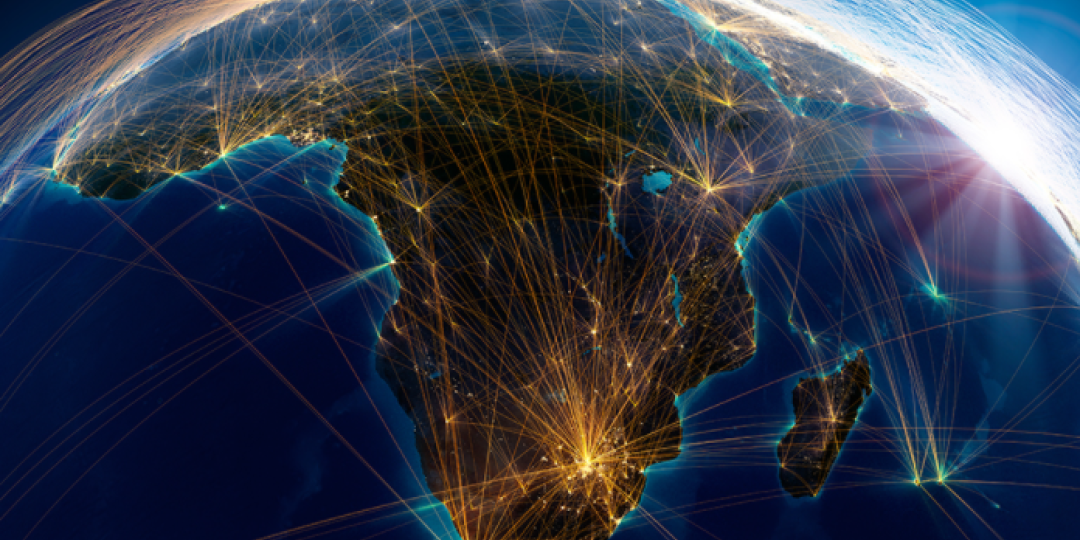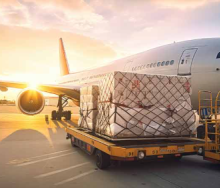The connectivity rate of countries in Africa has substantially improved, most likely thanks to Covid-related consumer restrictions sparking a shift of shoppers to online platforms.
But the average internet access rate of 31% across the continent remains woefully low and lagging behind what it should be, German market researcher Statista has reported.
Even South Asia, where China’s population of more than 1.4 billion exceeds that of Africa, has a higher connectivity rate than the continent – 35%.
In 2010, Statista said, the only outliers on the continent were Morocco, Seychelles and Tunisia, with noticeable above-average connectivity rates of 52%, 41% and 37%.
At the time, 35 countries in Africa had a rate of under 10%, while less than one per cent of the population of Niger, Sierra Leone, the Democratic Republic of the Congo and Ethiopia had access to the internet.
Ethiopia, for that matter, had vastly transformed this position, going from 0.8% in 2010 to an internet penetration rate of 25% – “an increase of over 3 200%”, Statista said.
“Similarly, spectacular progress was made in other countries which had very low rates in 2010, such as Sierra Leone, Guinea and the DRC.”
Quoting World Bank data, Statista pointed out that the continent’s connectivity profile had significantly improved from 2010 to 2020.
However, increased connectivity across the continent doesn’t mean that Africa is as switched-on as it should be, especially given the possible growth prospects of the African Continental Free Trade Area (AfCTFA).
With GDP potential of $3.4 trillion, AfCTFA’s projected yields are vastly contingent on connectivity reaching the lion’s share of the continent’s almost 1.3 billion people.
Although the general connectivity rate has increased significantly, there remained a lot of scope for improvement, Statista said.













